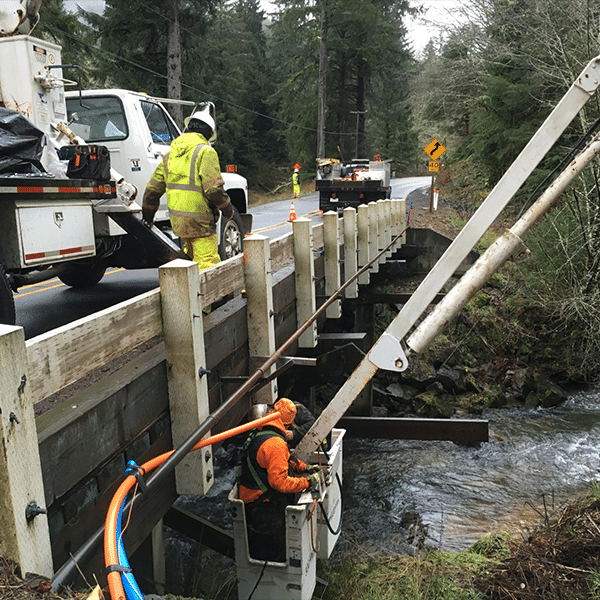 AT&T now has more than five times fewer legacy DSL customers than it did four years ago, according to metrics presented on the company’s first quarter 2018 earnings call yesterday. Nevertheless, the company saw a net gain of 82,000 broadband subscribers in the first quarter, an achievement that reflects a major shift in the AT&T broadband mix.
AT&T now has more than five times fewer legacy DSL customers than it did four years ago, according to metrics presented on the company’s first quarter 2018 earnings call yesterday. Nevertheless, the company saw a net gain of 82,000 broadband subscribers in the first quarter, an achievement that reflects a major shift in the AT&T broadband mix.
“[W]e are completing our broadband transition from DSL to IP broadband,” said AT&T Senior Executive Vice President and Chief Financial Officer John Stephens on the company’s first quarter 2018 earnings call yesterday, according to a transcript posted by investment advisors Seeking Alpha. AT&T uses the term “IP broadband” to refer to services delivered over fiber-to-the-premises (FTTP) and fiber-to-the-node (FTTN) infrastructure. (The company also uses the term “high-speed broadband” to describe those services.)
Today, about 800,000 AT&T residential customers are still on “legacy DSL,” Stephens said. “That compares very favorably to about 4.5 million legacy DSL customers just four years ago.”
Of course, not all of those legacy DSL subscribers have transitioned over to AT&T’s IP broadband. Many of them feeded cable broadband growth over those years, as legacy AT&T DSL customers opted for faster broadband from cable competitors.
AT&T Broadband Mix
Stephens did not discuss how many customers AT&T has on IP broadband, but in December, he said that number was 15 million and he said yesterday that the company gained 154,000 IP broadband subscribers in the first quarter.
Those gains were made possible, in large part, by AT&T’s increased investment in fiber broadband, enabling the company to better compete against cable companies, whose broadband services typically exceed DSL speeds by a wide margin.
In an apparent reference to FTTP, specifically, Stephens said the company’s “fiber build” now passes more than 8 million customer locations. He also noted that in areas where AT&T has marketed fiber for the last two years, its penetration rate is nearly 50%. AT&T aims to reach 12.5 million locations with FTTP by 2019.
AT&T has set a long-term goal of making high-speed broadband available to 50 million locations, likely through a mix of FTTN, FTTP and fixed wireless.
The exact mix will determine the company’s future growth potential.
Telecom financial analyst firm Moffett Nathanson forecasts cable companies to eventually gain broadband market share in the range of 80% where the cablecos compete against legacy DSL. Even when competing against IP DSLAM-based broadband or FTTN, Moffett expects cablecos to see market shares of 60% and 55%, respectively. But when competing against FTTP, the researchers forecast cablecos to have market share of just 40%.

